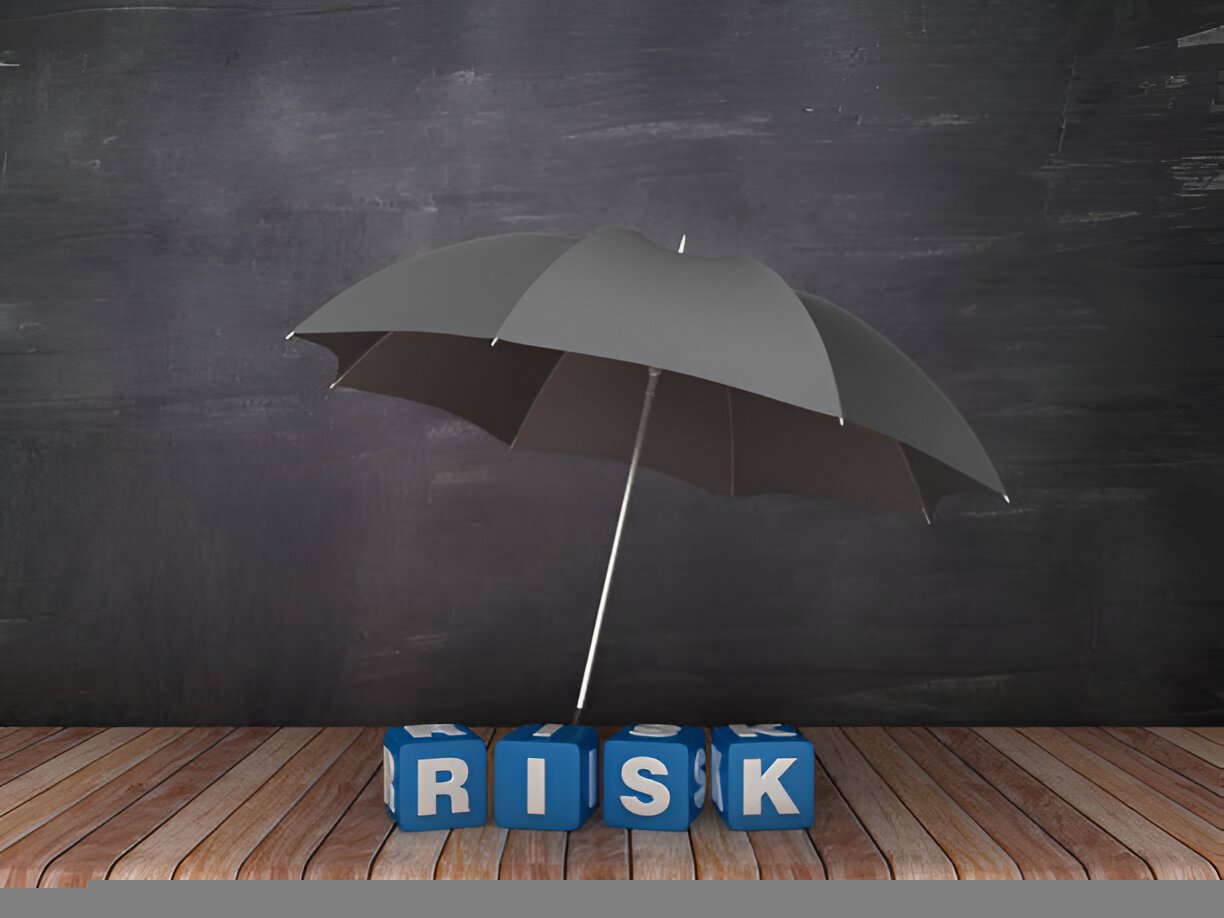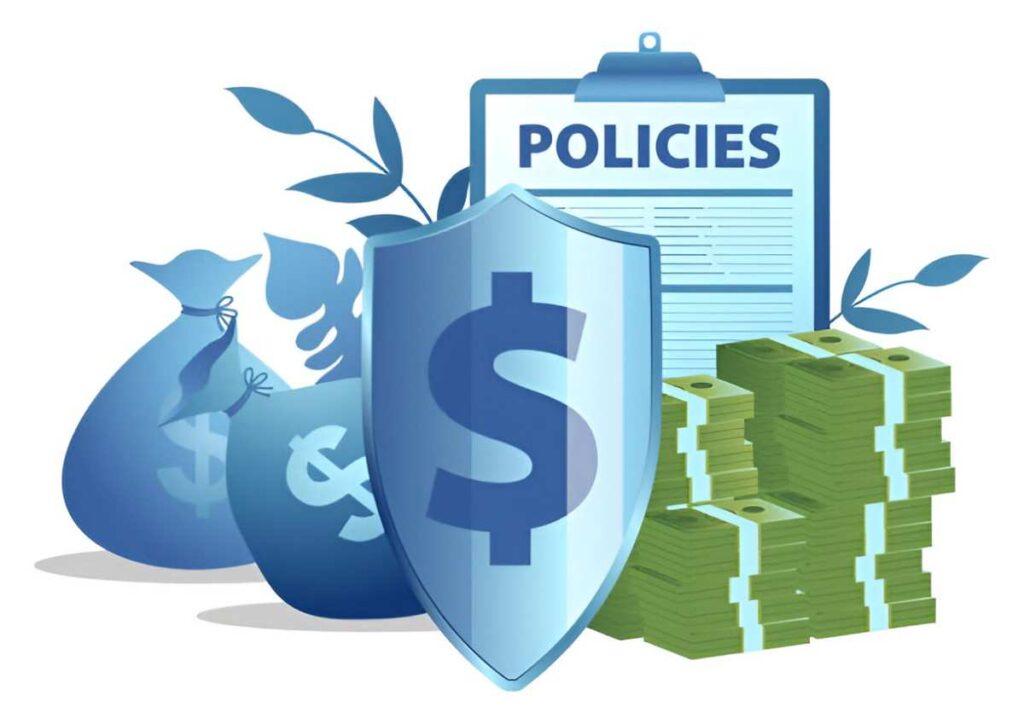Insurable risk refers to a type of risk that can be covered by insurance because it meets certain criteria, including being predictable, measurable, and financially feasible to insure. Understanding insurable risks is essential for learners in accounting and finance as it forms the foundation of insurance principles and helps individuals and businesses mitigate potential financial losses.
Table of Contents
What is an Insurable Risk?
An insurable risk is a risk that can be transferred from an individual or business to an insurance company through the purchase of an insurance policy. To be considered insurable, a risk must meet specific criteria outlined by insurance principles. These criteria typically include predictability, measurability, and financial feasibility.
Key Points:
- Predictability: Insurable risks must be predictable in nature, meaning that the likelihood of the risk occurring can be estimated based on historical data, statistical analysis, or actuarial calculations.
- Measurability: Insurable risks must be quantifiable or measurable in terms of the potential loss or damage that may occur. This allows insurance companies to assess the risk and determine appropriate premiums.
- Financial Feasibility: Insurable risks must be financially feasible to insure, meaning that the potential loss or damage must not be catastrophic or financially ruinous for the insurer.
Criteria for Insurable Risks
- Pure Risk: Insurable risks involve situations where there is a chance of loss or damage without the possibility of gain. This includes risks such as fire, theft, accidents, natural disasters, and liability claims. Speculative risks, where there is a chance of loss or gain, are generally not insurable.
- Fortuitous Events: Insurable risks arise from fortuitous events or occurrences that are beyond the control of the insured party. These events are unforeseen and accidental in nature, such as a car accident or a sudden illness. Deliberate or intentional acts are typically excluded from insurance coverage.
- Homogeneous Exposure Units: Insurable risks are distributed among a large number of homogeneous exposure units, meaning that the risk is spread across a diverse pool of insured parties with similar characteristics. This principle of risk pooling allows insurance companies to spread the financial burden of potential losses among policyholders.
- Affordable Premiums: Insurable risks must be financially feasible to insure, meaning that the potential premiums collected from policyholders should be sufficient to cover the expected losses and expenses associated with the risk. If the potential loss exceeds the premium collected, the risk may not be insurable.
Example of an Insurable Risk
Sarah owns a small business that manufactures and sells electronic devices. She purchases property insurance to protect her business premises, equipment, and inventory against the risk of fire and theft. Fire is considered an insurable risk because it meets the criteria of predictability, measurability, and financial feasibility.
Before issuing the insurance policy, the insurer assesses the risk of fire based on factors such as the construction of the building, fire safety measures in place, the value of the property and equipment, and the business’s location. The insurer calculates the premium based on the assessed risk and offers Sarah coverage against the potential financial losses resulting from a fire.
Several months later, a fire breaks out in Sarah’s manufacturing facility, causing extensive damage to the building and equipment. Sarah files a claim with her insurance company, which reimburses her for the cost of repairing the damage and replacing the lost equipment, minus any applicable deductibles.
Importance of Insurable Risks
Risk Management: Understanding insurable risks allows individuals and businesses to identify, assess, and manage potential risks effectively by transferring the financial burden of loss to an insurance company.
Financial Protection: Insurance provides a safety net against unforeseen events or accidents that could result in financial hardship or ruin. Insurable risks allow individuals and businesses to protect their assets, investments, and livelihoods from potential losses.
Business Continuity: Insurance coverage for insurable risks helps businesses maintain continuity of operations and recover quickly from unexpected setbacks or disasters, minimizing the impact on productivity, revenue, and reputation.
Conclusion
Insurable risk refers to a type of risk that can be covered by insurance because it meets specific criteria, including predictability, measurability, and financial feasibility. Insurable risks form the foundation of insurance principles and allow individuals and businesses to transfer the financial burden of potential losses to insurance companies. Understanding insurable risks is essential for learners in accounting and finance as it helps mitigate potential financial losses, protect assets, and ensure business continuity in the face of unforeseen events or accidents.





